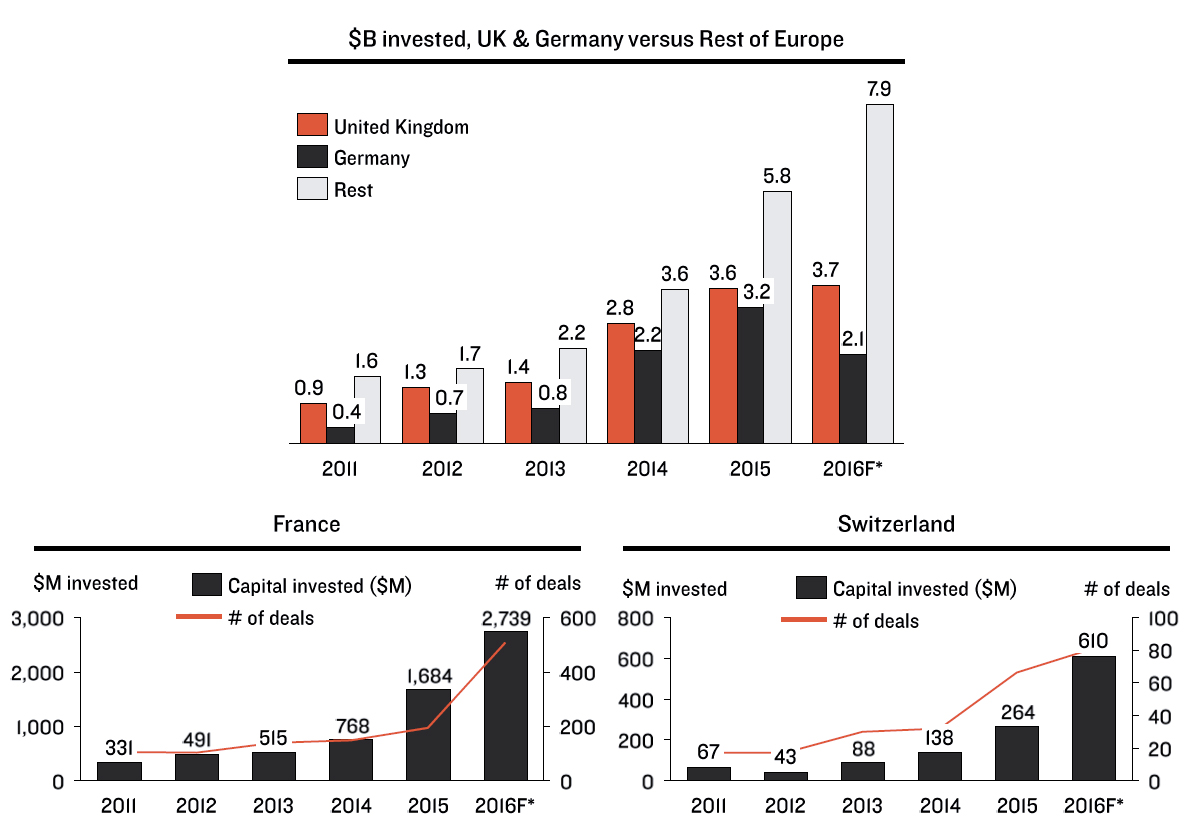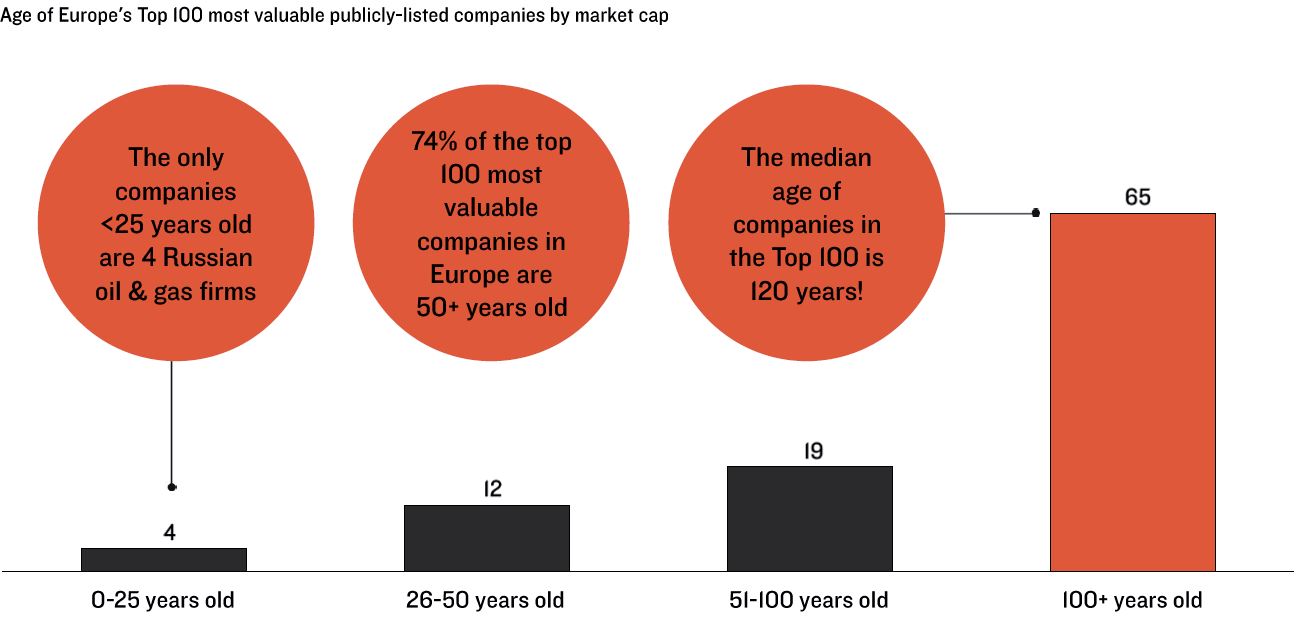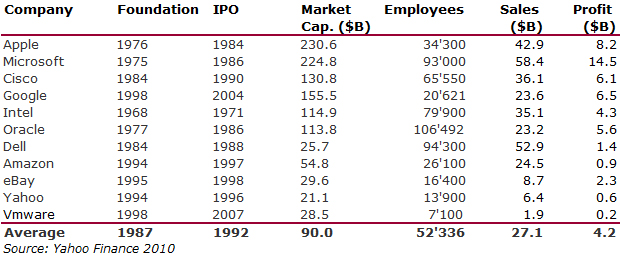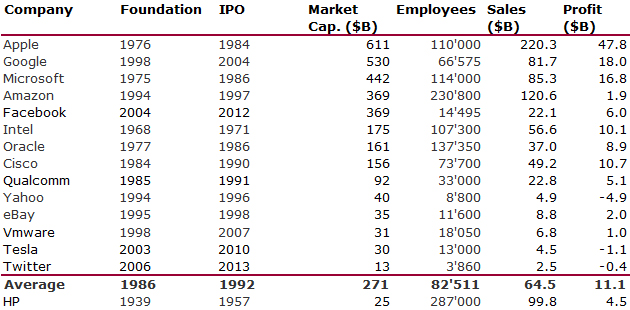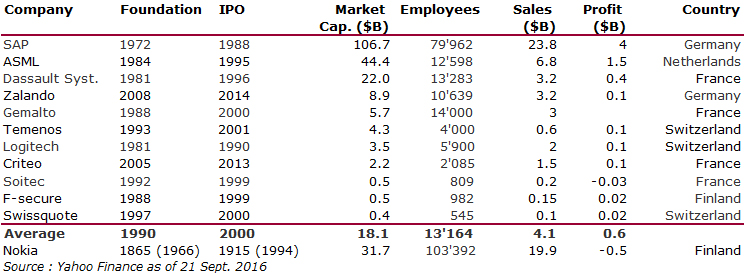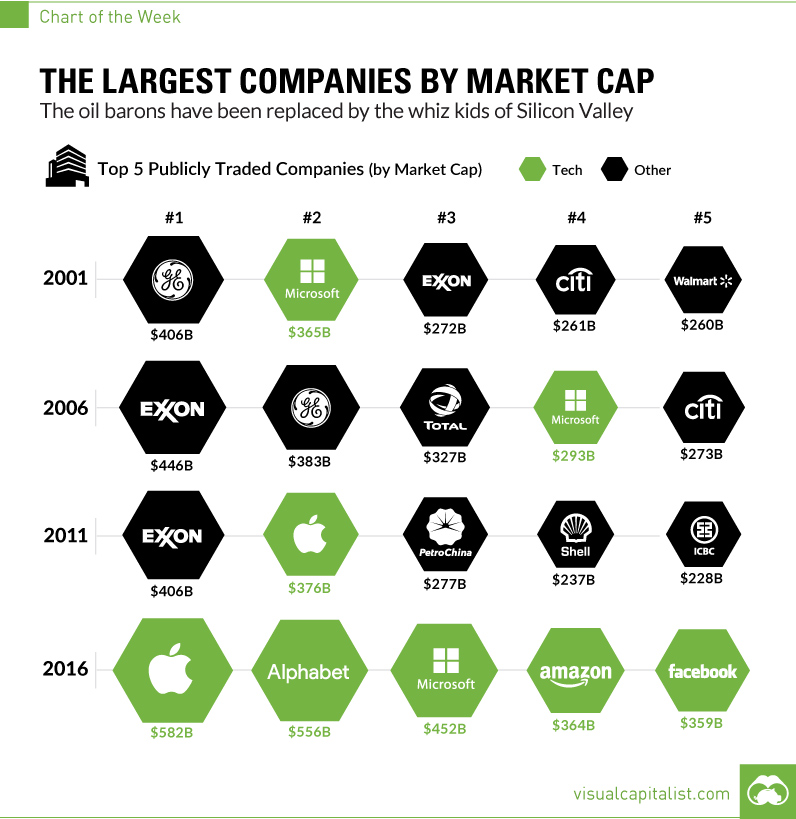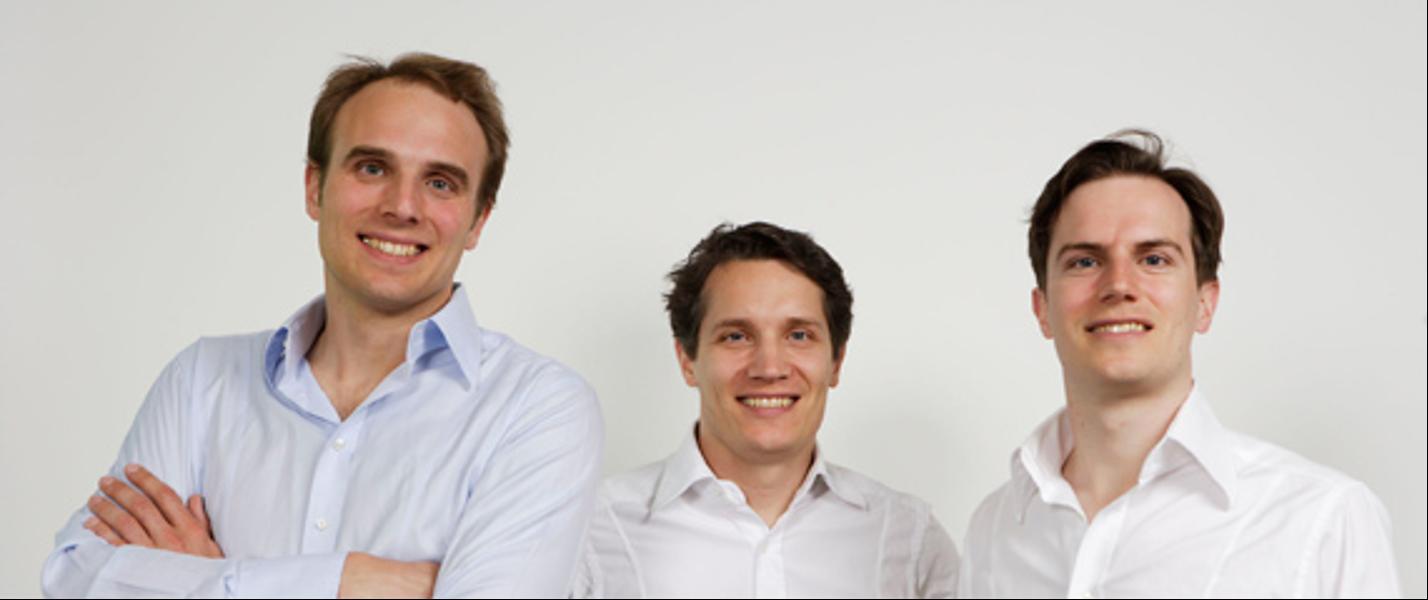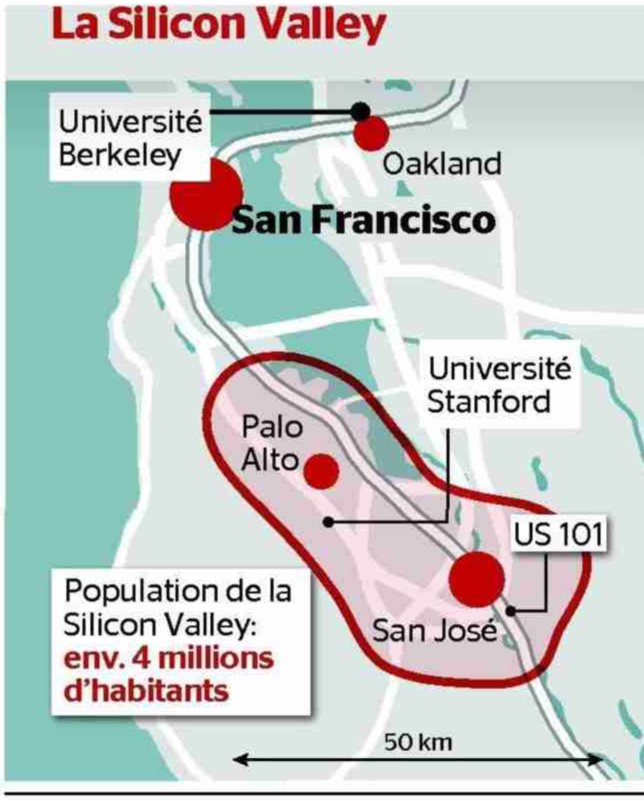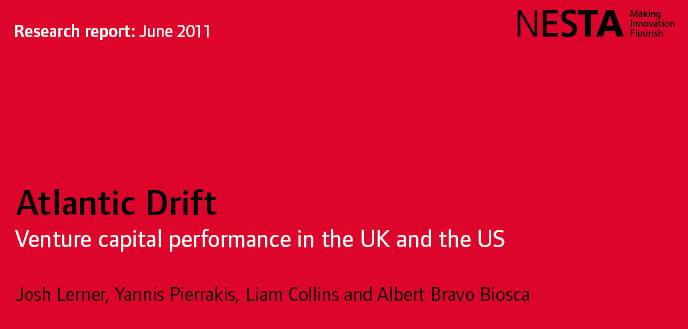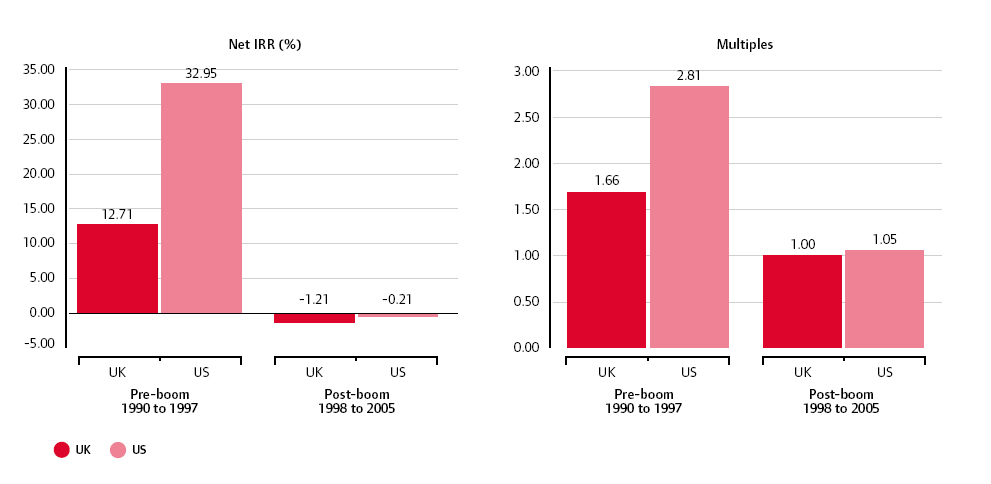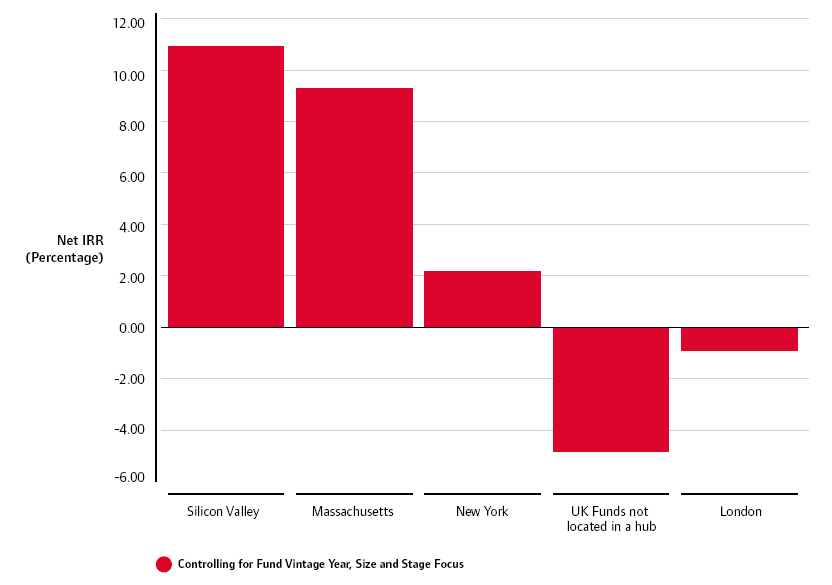I must thank here first Bogdan Ceobanu from the European Commission. After spending a few hours discussing the challenges (and opportunities) of innovation in Europe, he sent me his copy of The Rainforest – The Secret to Building the Next Silicon Valley by Victor W. Hwang and Greg Horowitt. Bogdan is one of the leading voices behind Startup Europe. Thanks 🙂
There may be nothing really new in this book about ecosystems, but the messages are strong and clear. You may need an infrastructure, but without culture, nothing will happen, no innovation will emerge. I might write a few posts about this book as I just began reading it recently. And as usual, here are my notes / extracts.
Despite hundreds of books and thousands of papers on the subject, real-world innovation is little understood. […] Having the right ingredients will not necessarily result in successful innovation. You need to prepare those raw ingredients, combining them in just the right way. […] We argue that the two pillars of innovation’s conventional wisdom – free markets and clusters – are unable to provide comprehensive answers to the mystery of systemic innovation. [Pages 18-20]
Funnily enough, I gave my own recipe in 2007: “Two main ingredients are needed, rich people and nerds; this has been said already. Do not add any bureaucracy, do not add concrete. In order to attract and keep enough nerds, there is a need for a large and nice plate. A university is a good choice. But it must not be a university like any other; it must be a superb university. There are some; a few are being built from scratch. It needs a unique personality, and it needs to be creative. Not only on its campus, but also in its surroundings, so that the ingredients feel comfortable in the plate. They should be fresh, i.e. they should be young and dynamic. Young and dynamic people are the founders of start-ups. Graham also mentions liberal environments, which, he claims, tolerate strange and brilliant individuals. Then the ingredients have to be put in the oven for a very long time. Silicon Valley began in 1957, Silicon Fen in 1960. It took ten years, maybe even twenty years, to make these two regions successful; it is about the time it takes to grow infants into adults. The oven should not be too hot, so that the desire is not killed, then the temperature should be increased to maintain the enthusiasm. A temperate, pleasant climate is therefore necessary. If all the conditions are in place, the result will probably be interesting”. [Page 176. Start-Up: What We May Still Learn From Silicon Valley]
The world of innovation does not happen at the macro-level. Innovation is a “body contact sport.” It is a micro-level phenomenon. When applied to innovation, rational choice theory might make sense if you’re a theorist thinking abstractly about the way the world should work. It does not accurately describe the way the world actually works. [Page 37] You cannot understand the macro without understanding the micro. […] the world is far more complicated – one must deal with a range of complex social and psychological factors, personal networks, and information flows. [Page 48]
Free market proponents sometimes support investments in scientific research as a way to stimulate new innovation. […] Scientific research, however, does not always lead to economic growth. Each $1 increase in scientific research does not necessarily result in a $1 increase in economic activity in the overall system. The research alone is not sufficient. […] In the real world, the path from discovery to commercial product is so long, tortuous, and serendipitous that the vast majority of world-changing technologies never see the light of day. Society has a surprisingly huge backlog of scientific discoveries that are “stuck in the pipeline”, stalled by the human barriers that prevent them from reaching the marketplace. [Page 40]
For instance, the state of Kansas actively invested in its high-tech entrepreneurs. The University of Kansas provided research grants to develop products for commercial application. The university promoted regional collaboration, entrepreneurial training and even direct assistance. The results of these endeavors, however, were nothing like those of Silicon Valley. And the vast majority of the world looks a lot more like Kansas than California. [Page 41] A cluster is a description of a phenomenon, not a prescription for policy. [Page 42]
Whereas a company is a group of individuals working together, a cluster is a region of individuals or companies working together. In both cases, these relationships result in lower transaction costs. And in both cases, those savings are derived from the fact that people are closer together, can communicate more easily, and trust each other more. [Page 46]
And again let me give you an extract from my book, now quoting Richard Newton: “The Bay Area is the Corporation. […When people change jobs here in the BayArea], they’re actually just moving among the various divisions of the Bay Area Corporation.” [Page 102 – Start-up]
I am not sure anyone has “The Secret to Building the Next Silicon Valley”, but I will post more when I am more advanced in reading the Rainforest!


